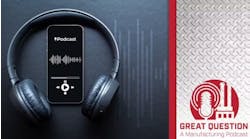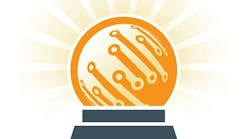Transocean's José Gutierrez was honored as a Smart Industry 50 honoree during the third-annual Smart Industry conference in September. Below, read about the efforts that earned him that nomination.
A specialist in the development and nurturing of industrial control and communication systems—as well as the organizations that support them—José Gutierrez has helped to advance innovation in the industrial automation space for leading companies such as Eaton and Emerson. But his roots are in systems integration in the oil and gas industry, and six year ago he took on what may prove his toughest challenge yet: helping to inculcate a culture of innovation and digital transformation within Transocean, the builder and operator of deepsea drilling rigs.
Instead of innovating, “they just threw money at problems,” Gutierrez adds. “But now it’s a matter of survival.”
Indeed, Transocean—and the offshore industry overall—has suffered from the 2014 retrenchment in oil prices as well as the 2010 explosion that killed 11 and sent the company’s Deepwater Horizon rig to the bottom of the Gulf of Mexico. Gutierrez joined the company as director of technology and innovation soon after. Since that time, the company has made significant progress in its own digital transformation, which Gutierrez defines as “making decisions based on data rather than intuition.”
Step one has been capturing the relevant data, which involves the many familiar problems of differing standards and legacy protocols compounded by the poor network bandwidth availability in the open sea. Step two has been the visualization of that data, which by itself has been a boon to improved performance—even without implementing any higher-level models, deep learning or data analytics. “A lot of progress being made just by showing them the data,” Gutierrez says. Importantly, the company used a third-party, human-centered design (HCD) firm to create the new interfaces, which had the added benefit of removing cultural barriers between internal constituencies.
While the company’s ongoing digital transformation includes a lot of relatively “low-hanging fruit,” such as condition-based maintenance, Gutierrez is now focused primarily on two bigger picture initiatives: codifying the knowledge of the company’s workers as well as promulgating systems engineering methodologies throughout the organization. Both initiatives aim to support high-level performance and innovation as daily activities—and to reduce everyday reliance on the intuition of highly skilled operators or the inspiration of seasoned engineers.





